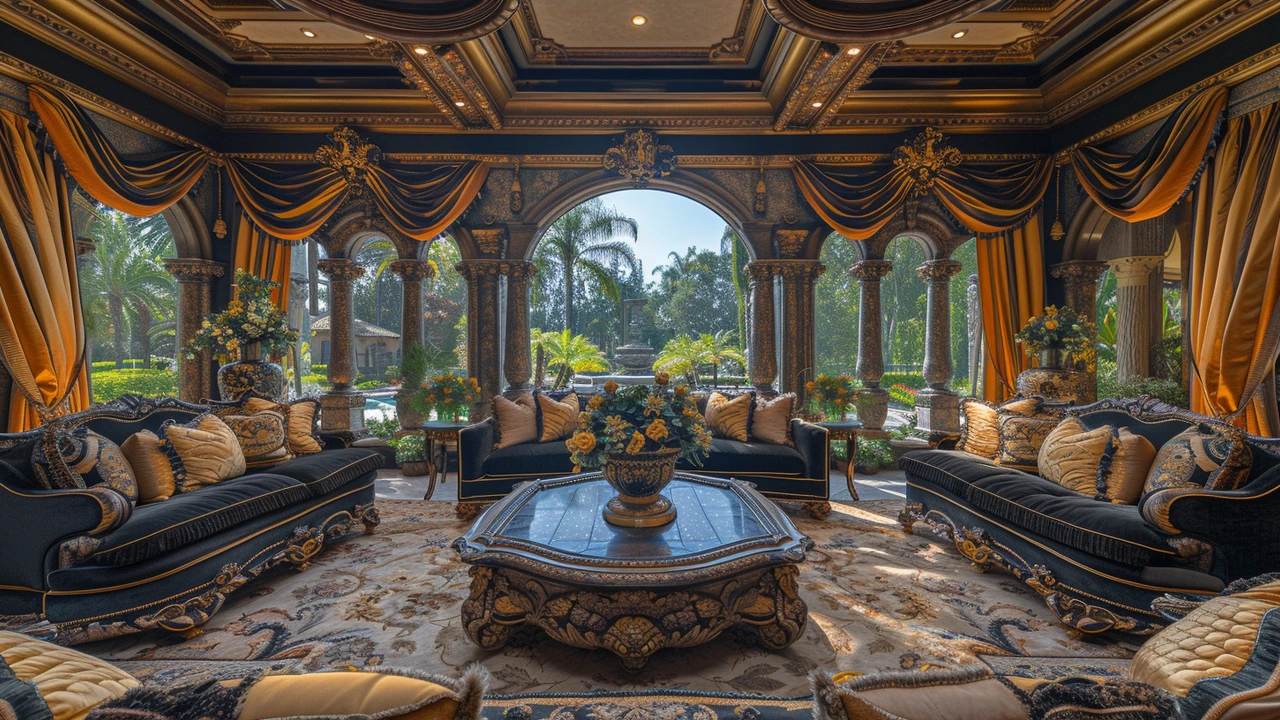Well, let's dive right into the fabulously flamboyant world of Rococo art, shall we? This cheeky little style refused to 'go gentle into that good night', I tell you! It's like the party guest who, instead of leaving, just turns up the music and starts a conga line. Bursting onto the scene in the 18th century, it brought a breath of fresh air to the art world with its playful, ornate, and pastel-hued compositions. So here's a hearty toast to Rococo - the art style that not only didn't fade away, but also threw confetti at anyone trying to show it the door!
Historical Persistence: Why Old Architectural Styles Still Matter
Ancient Roman concrete still holds up after two thousand years — and modern builders want to know why. That’s historical persistence in action: techniques, forms, and ideas that survive and keep shaping new work. This tag gathers pieces that show how the past stays useful, beautiful, and sometimes surprising in today’s architecture.
So what is historical persistence? It’s not nostalgia. It’s patterns that repeat because they work: arches that move weight efficiently, classical proportions that feel balanced, or material choices that age well. These elements show up across eras — Greek Revival porches, Beaux-Arts grand entrances, and even high-tech glass towers that borrow rhythm and scale from older neighbors.
Want to spot it on a walk? Look for repeated clues: columns, pediments, sash-window rhythms, cornices, and masonry joints. Notice how a modern office block lines up its window bays to match a row of Georgian houses. Check how a renovated bank keeps its original marble lobby and adds a glass atrium above. Those are signs designers are working with history, not wiping it out.
Designers use historical persistence in a few clear ways. First, restoration fixes and keeps original fabric — masonry, windows, trim — to preserve value and character. Second, adaptive reuse repurposes old buildings for new functions, like turning factories into apartments while keeping exposed beams. Third, contemporary architects borrow forms or details: a neo-classical cornice turned into a sunshade, or classical proportions guiding a new façade’s layout. Those moves keep cities legible and make new work feel rooted.
Practical tips for homeowners and renovators
If you own or restore an older place, small choices make a big difference. Keep original proportions — don’t stretch windows or compress floor heights. Repair rather than replace when possible: repairing historic sash windows often costs less over time than swapping them for cheap units. Match mortar joints and brick scale during repairs. If you add modern elements, keep them visually distinct but respectful: a glass link is fine if the old building’s cornice and rhythm stay intact.
Quick guide to common eras
Greek Revival: bold columns and pediments. Georgian: strict symmetry, brickwork, sash windows. Beaux-Arts: grand entrances, sculpture, wide steps. Baroque: drama, curves, rich detail. Bauhaus and International Style: clean geometry and function. Constructivist: bold geometry and structural expression. Neo-futurism: sweeping forms and new materials. Each style leaves readable clues once you know what to look for.
On this tag page you’ll find focused reads like “Ancient Roman Architecture,” “Greek Revival Architecture,” and “Beaux-Arts Architecture” that dig into techniques, examples, and why these styles keep recurring. Browse posts to see clear photos, renovation tips, and case studies that show history working in real projects.
Next time you walk your city, look up and take a photo of a bracket, cornice, or window pattern. Those small details tell long stories. If you have questions about a style or a renovation challenge, drop a note on the article comments — the best learning comes from seeing real places and practical fixes.

